Clouds cover about 70% of the Earth at any given time, and they range in shape from thin to voluminous. Clouds are already an extremely familiar thing to us, but what if suddenly all the clouds on Earth disappeared?
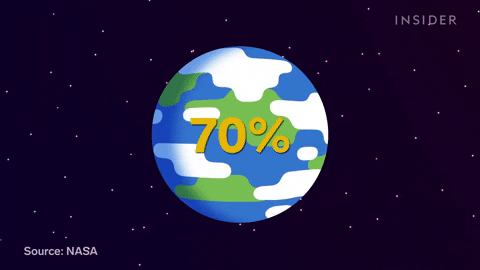
That might immediately shock astronauts on the space station, but those in a place like the desert won’t immediately realize that things on Earth are about to get really bad.
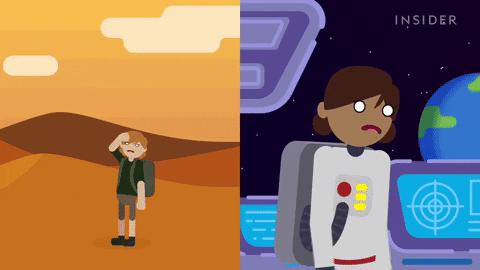
Within a few days, the first warning sign will appear: moisture. The situation will be even worse if you live by the sea. Normally, the heat of the sun vaporizes water, mainly from the ocean, and that water vapor condenses into clouds, but if the Earth had no clouds, that water vapor could just hang in the air, produce close to 100% humidity.
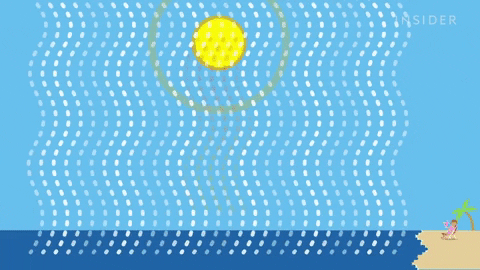
If you’re on a flight, you’ll feel more shaking than usual. Without a layer of clouds covering the Earth and reflecting sunlight into space, the sun will heat our planet more, creating more hot air rises unevenly.

But a less comfortable flight is certainly not the worst thing to happen, as without clouds there would be no rain, snow or even light fog, and that means there’s no way out. to replenish the water we drink such as ponds, lakes, rivers, streams and aquifers.
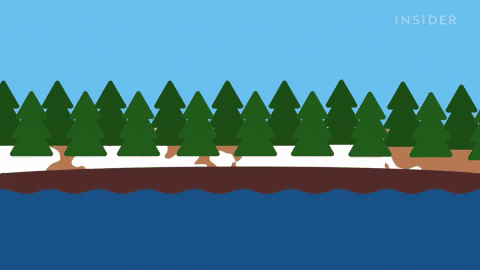
We just have to use whatever water we have left and if we continue at the current rate of water consumption, we will use up all the fresh water in rivers and lakes within 23 years.
So, to conserve our fresh water supply, humanity will have to be strategic. We will need to do more than just save water in bathing and washing. The water we use in our homes and in public places only accounts for 21% of the fresh water that people use.
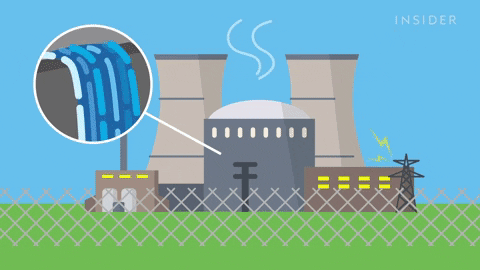
The two biggest needs are actually thermal power and irrigation for farms. Not only do power plants use tons of water, nuclear fuel plants can cause disaster if their water cooling towers run out. For example, the 2011 Fukushima nuclear disaster occurred when an earthquake knocked out power to the cooling water pumps.
And farms will need more water if there is no rain. This permanent drought will kill tons of vegetation and wildlife as the land dries up. Within a few years, soil erosion could create massive dust storms like the Dust Bowl in the 1930s.
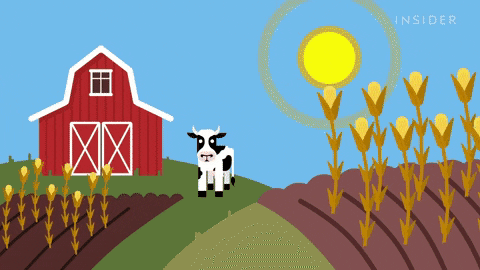
Meanwhile, Earth’s climate would be arid without clouds. Cloud expert, Chris Fairall, has predicted that without clouds, the average surface temperature of the Earth would increase by 22 degrees Celsius.
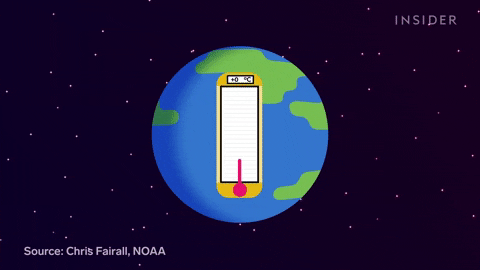
This temperature spike not only destroys the habitats of most plant and animal species, causing mass deaths, it also melts polar ice caps and causes massive flooding to coastal cities. sea. We may have to live in endless deserts as seawater begins to seep into the precious and sweet groundwater.

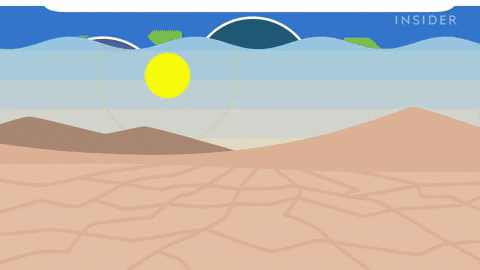
But humans are very creative, we can invent a way to desalinate ocean water or collect all the water vapor from the air to create a usable water source.

And we have to find a way to do that as soon as possible, because we’re really losing clouds.
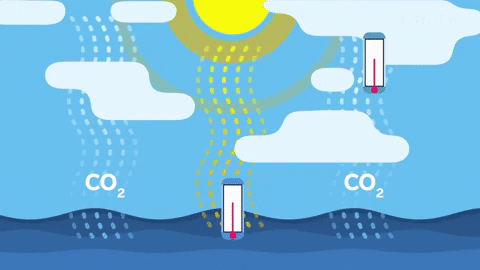
Unprecedented levels of CO2, along with a warming ocean and atmosphere, are all causing clouds to thin. The best we can do is reduce greenhouse gas emissions and try not to live in this dreaded cloudless world.
What If All The Clouds Disappeared Forever?
Reference: Insider
.
